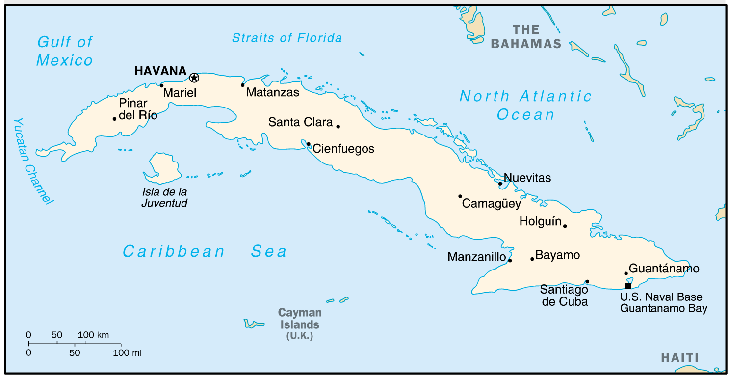
Status Quo Side: Batista Government
Non-Status Quo Side: Castro opposition
Region: Western Hemisphere
Conflict Type: Primarily Internal
Issues in Dispute: Governance

Post-war economic stagnation, worsened by the inelastic US sugar market, underlay the coup d'etat by Cuban General Fulgencio Batista y Zaldivar on March 10 1952.
Guerrilla leader Fidel Castro planned to occupy the Moncada Barracks and establish a popular militia to support a revolutionary government controlling the eastern area. On July 26 1953, the Batista government repulsed the Moncada attack, captured surviving rebels and suspended civil rights. On release from prison in a general amnesty following Batista's 1954 election, Castro organized an invasion force in Mexico. A planned uprising by disaffected students and professionals failed to occur on November 30.
With no popular uprising, Castro's invading force was decimated. The 17 survivors regrouped in Cuba's Sierra Maestra mountains. For two years the 26 July Movement, with mounting local and foreign support, conducted an insurgency campaign that brought on widespread governmental repression. On March 14 1958 the US suspended arms aid to Batista whose brutal counter-terror tactics alienated even his own troops. Their defections aided a gradual collapse after July 1958 when a Castro-initiated unity pact signed in Venezuela brought together most groups opposing Batista except the Cuban Communist Party.
After Santa Clara fell, Batista left for the Dominican Republic. Castro's movement accepted the surrender of remaining forces and quickly established itself as the government. [See BOP]